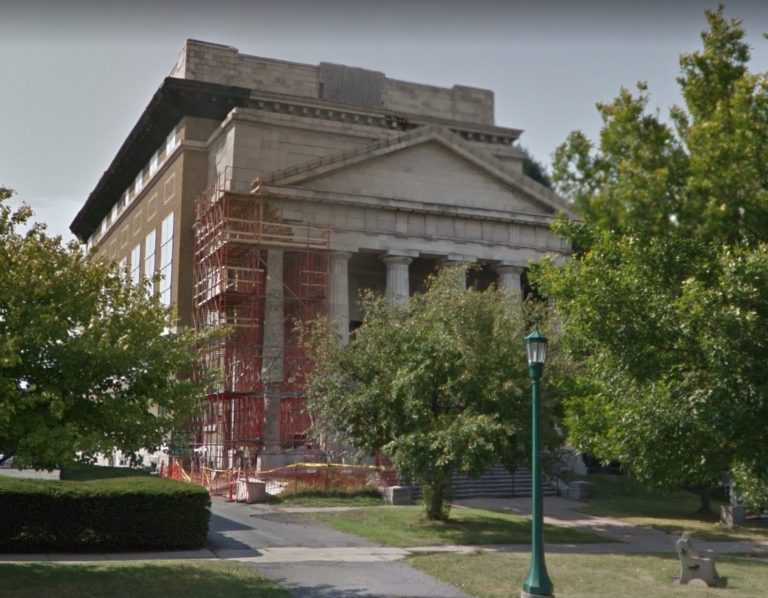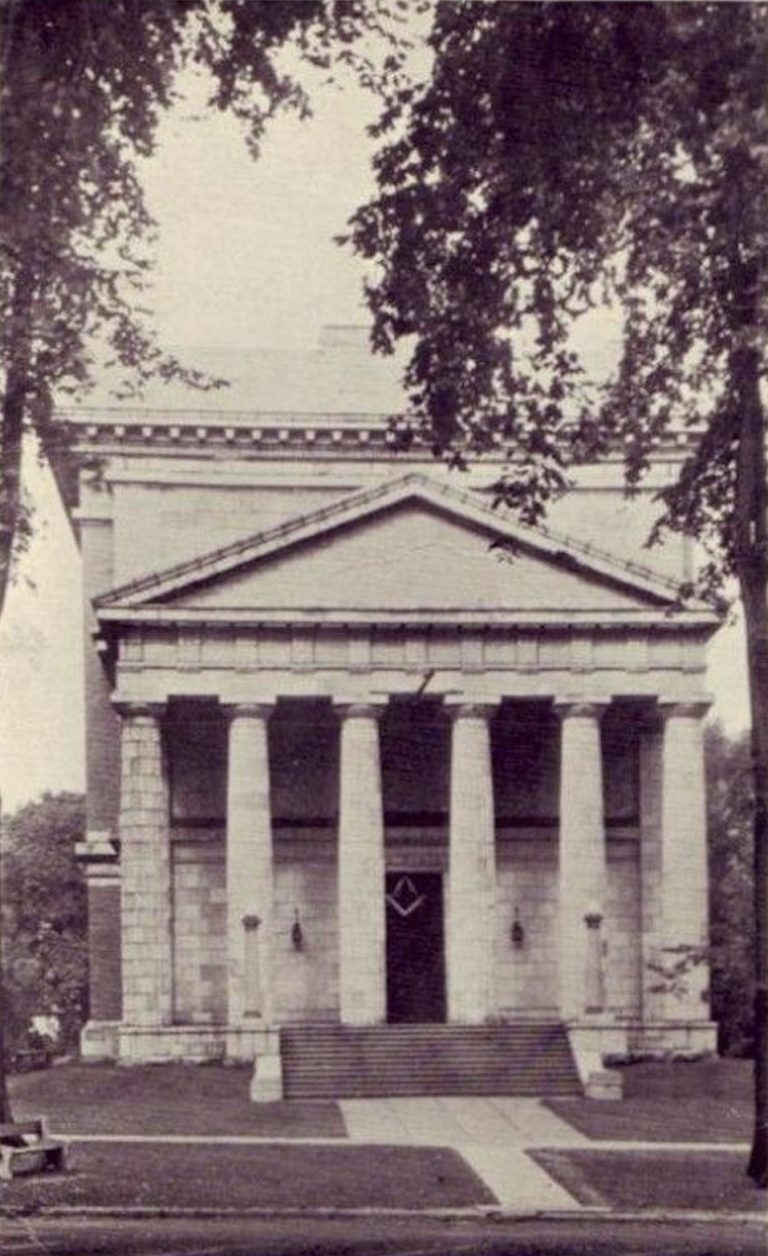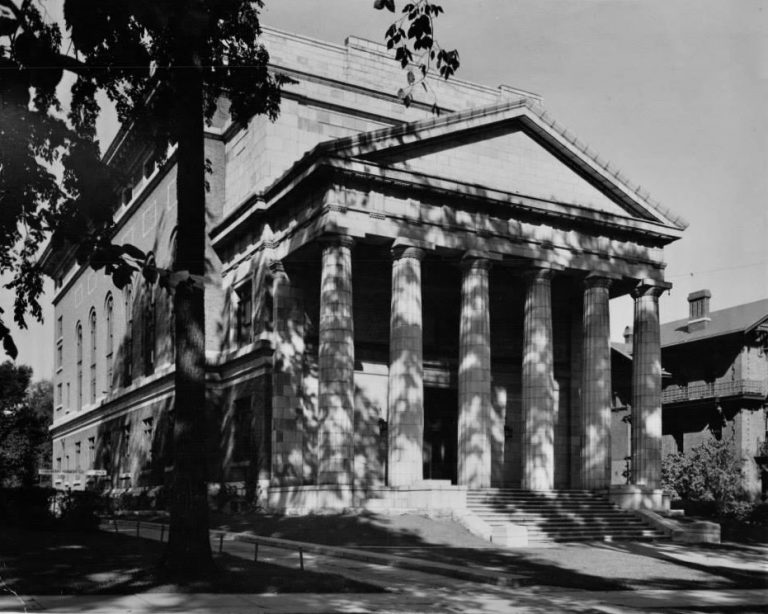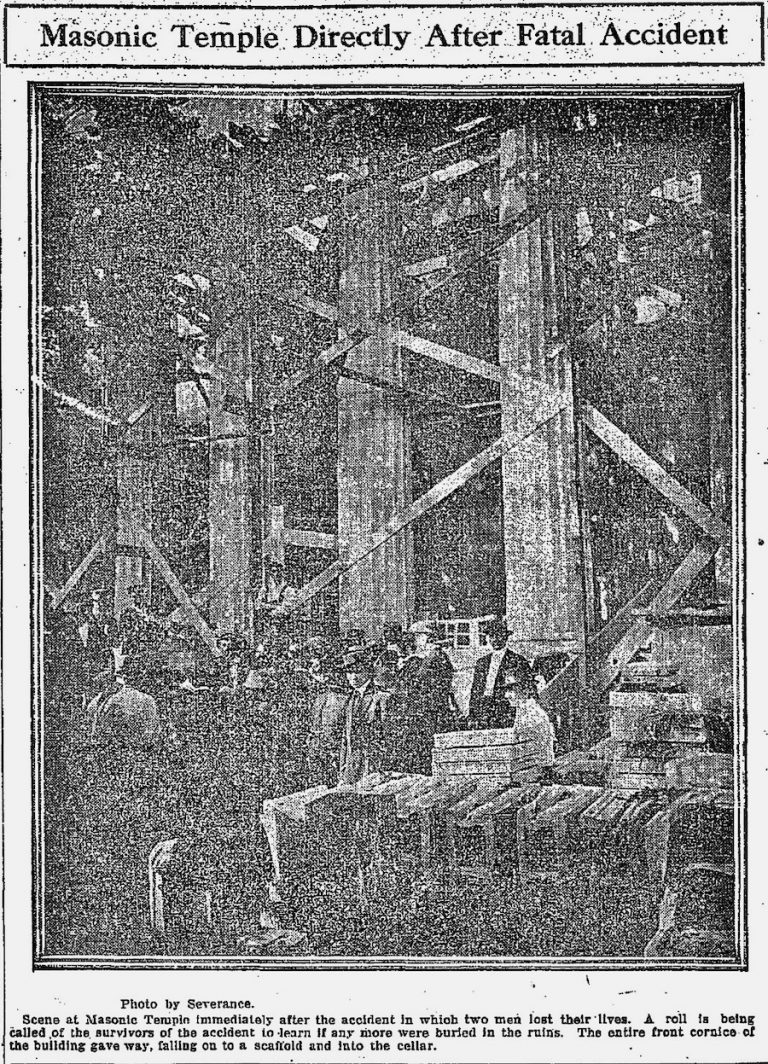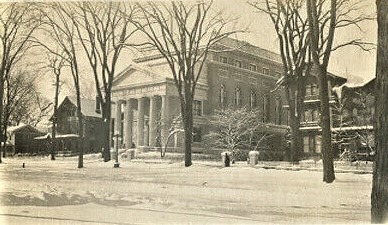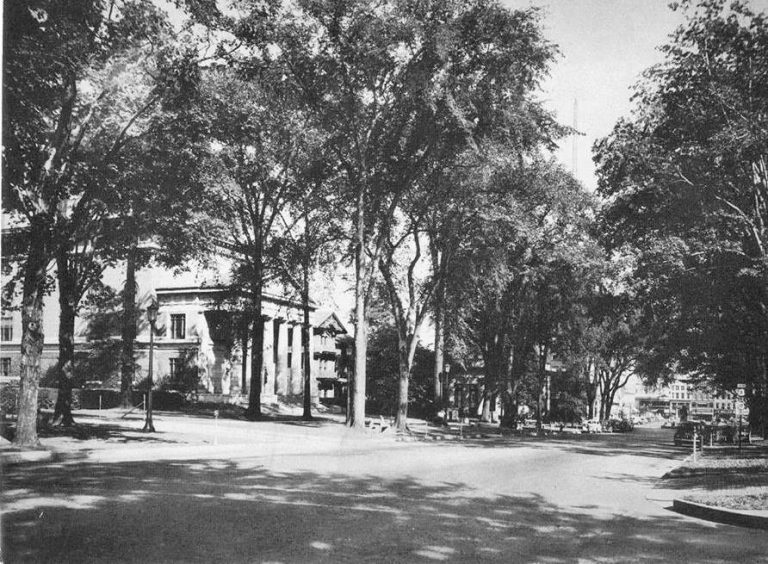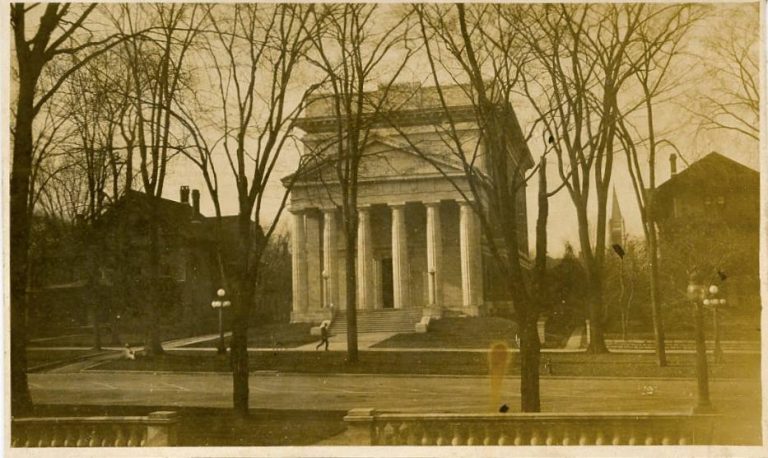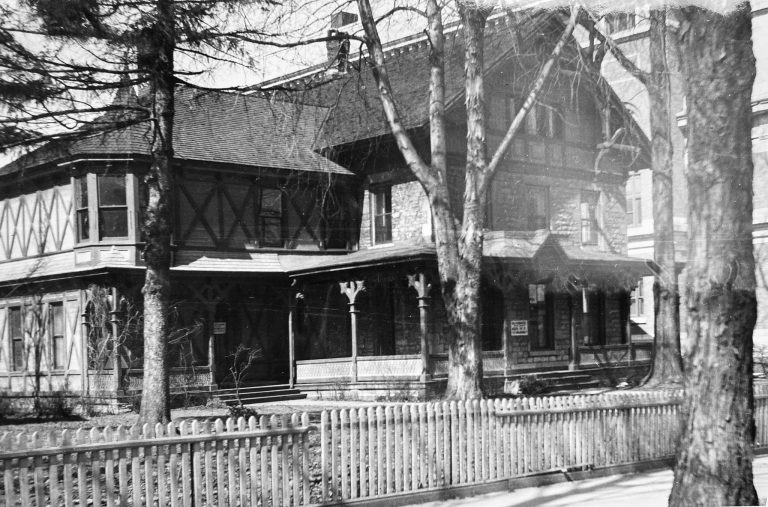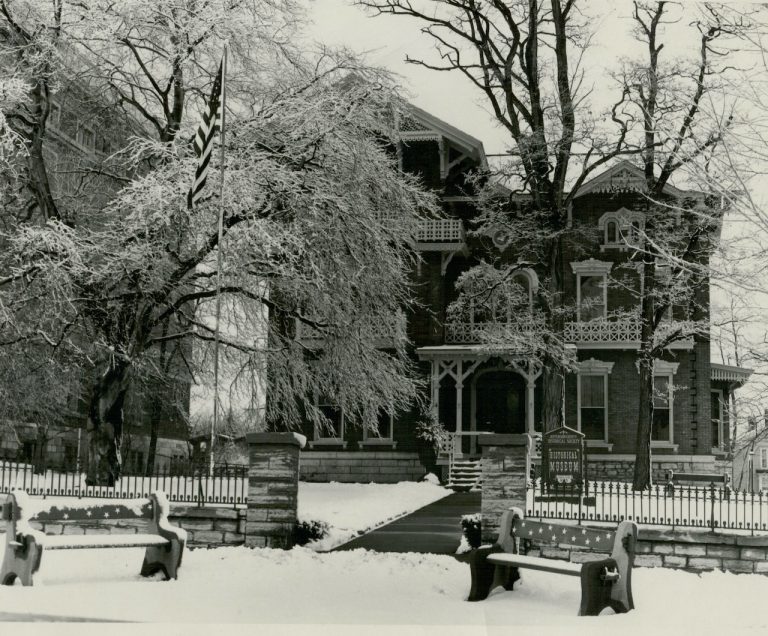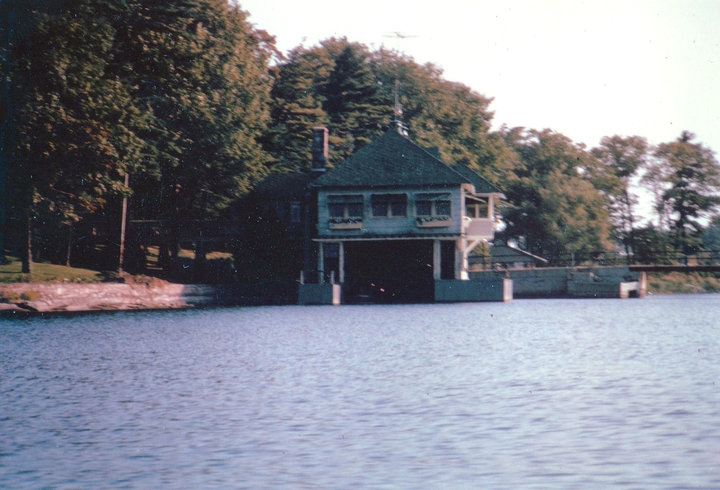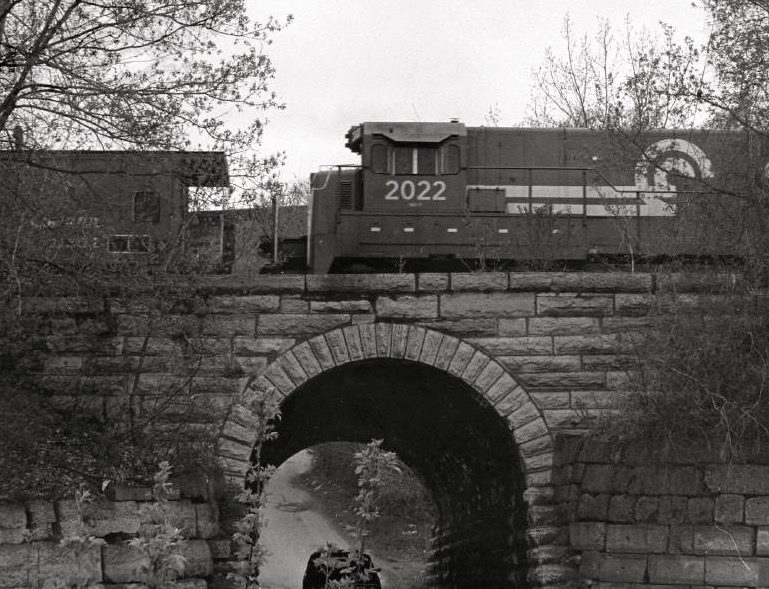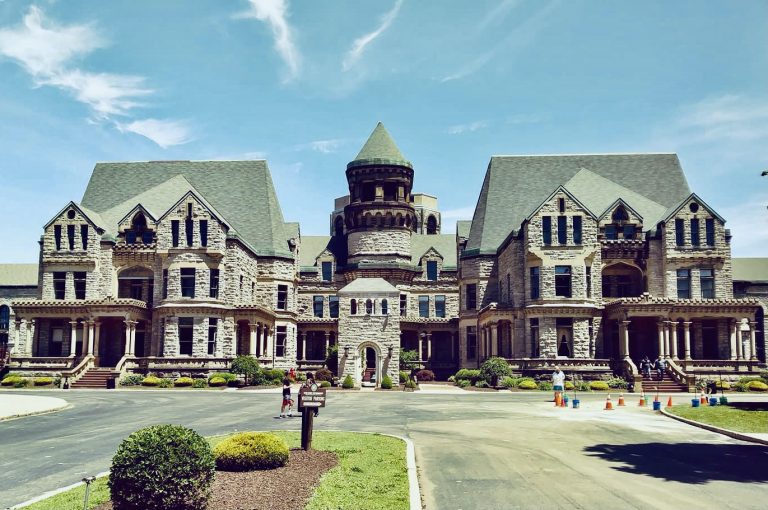Masonic Temple Began Construction in 1914
In the late 1800s and early 1900s, Masonic temples were seemingly constructed everywhere. The Watertown temple on lower Washington Street had outgrown its lodge and temples were being erected in every city, town, and village, including Adams, Clayton, Gouverneur, and Ogdensburg to name a few. In 1912, however, the wheels of progress began to spin and Watertown soon had plans for a new showpiece to be located between the Paddock and Adriel Ely mansions.
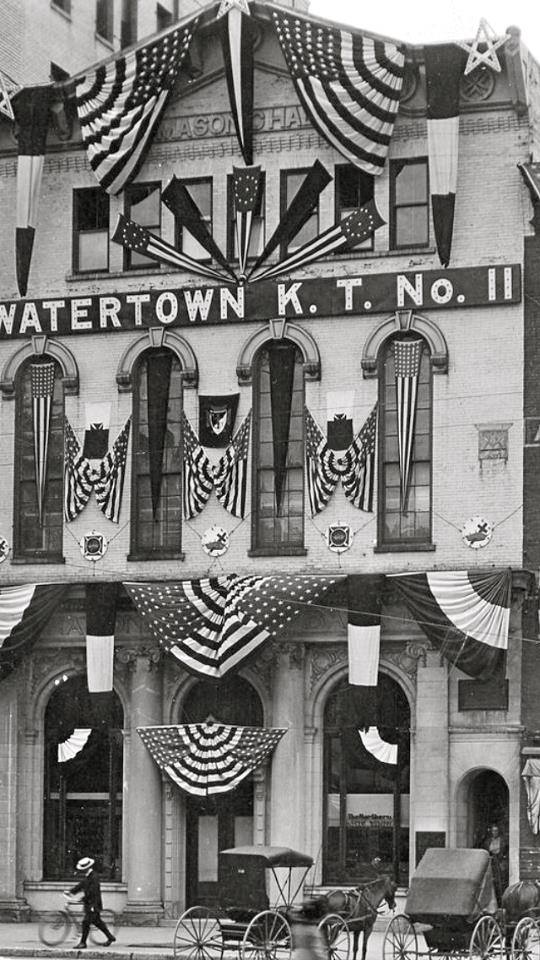
In June of 1912, the Daily Times reported the purchase of property on Washington Street which would lead to the new Masonic temple—
The Masonic bodies of the city today consummated the purchase of the property at 242 Washington Street owned by Miss Cornelia M. Lansing. The property is to be used for a Masonic temple, the plans for which have not been completed.
The purchase of the property was made by Watertown Lodge, No. 49, F. & A. M., Watertown Chapter, No. 59, R. A. M. and Watertown Commandery, No. 11, K. T. through a committee made up of representatives of each of these bodies.
This property is located almost directly opposite the Flower Memorial Library. It is of considerable width and has a depth of nearly 200 feet. The value of the property is said to be in the neighborhood of $20,000. Members of the committee which consummated the purchase today declined to state the price paid.
The property is now occupied by a large gray stone house, two stories in height and it is believed that this could easily be converted into a suitable temple.
The following day, the plan was to potentially move the existing building and build a new temple in its place, but retain the house for social purposes and the temple for lodge work.
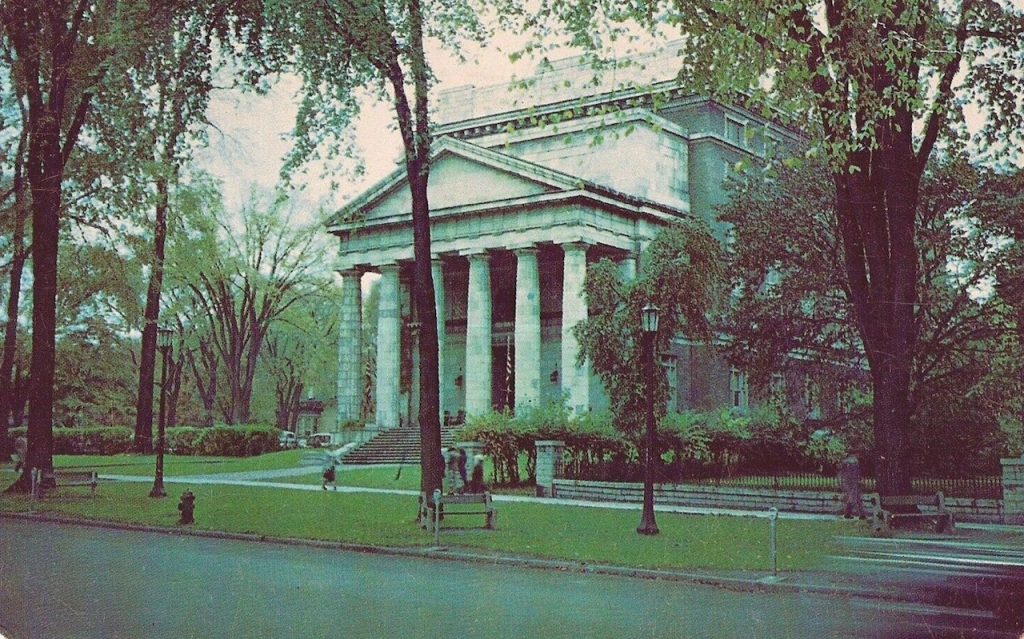
In August of 1912, the plans would be solidified with an expected cost of $100,000 ($2,865,818.18 in 2022 currency). No solicitations would be made outside of the membership, but donations from other entities would not be refused. The building would be five stories in height (later changed to four), with Grecian-style architecture replicating the Parthenon in its front.
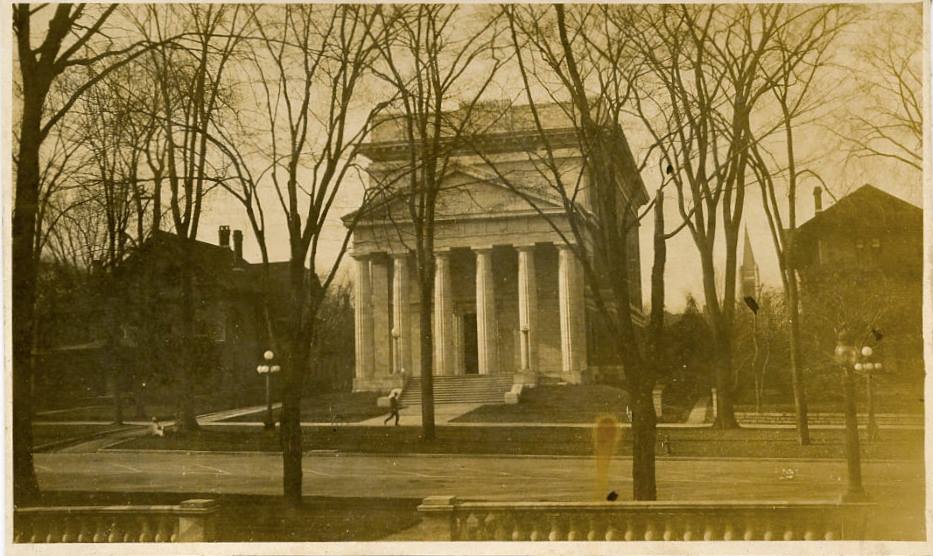
The Times would later report in an article, Materializing A Dream, that the addition of a beautiful Masonic temple as near the business center—
—is the beginning of realization of a dream long held of the further architectural improvement of that wide, tree-arched boulevard, already the pride of our city and the admiration of all visitors.
Already the building of the Black River Valley Club, the Greek fronted Flower Memorial Library and the fine residences dignify the street. Some day the Agricultural Insurance Company hopes for a Grecian fronted marble building of its own, and opposite the Jefferson County Saving’s Bank has a dream of a Greek temple-like structure for its home. The building of the Masonic Temple will encourage to materialize these dreams of a broad avenue being fronted with beautiful buildings with pillared fronts.
When the dream is materialized, and there is a reason to expect that it will be, the vista of the wide ascending street with its wide parks on either side and arched with elms will be more beautiful, even than it now is, and one of the most beautiful streets in the world, as visitors to our city even now testify it to be.
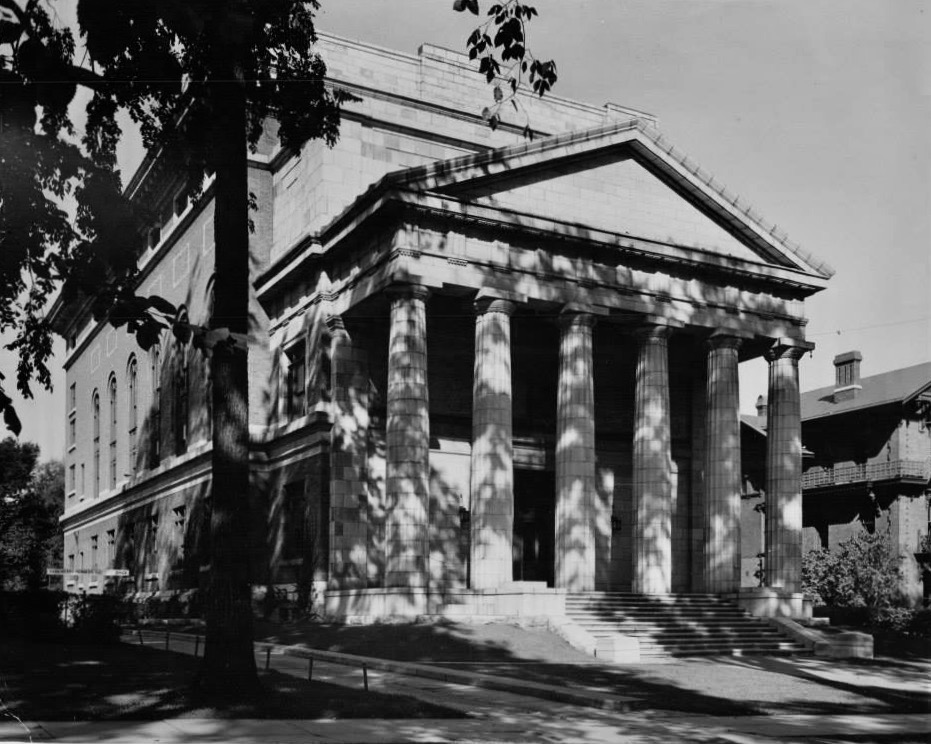
Rather than be relocated, the old Lansing residence was razed in early May, 1913, and the cornerstone would be laid on July 30th with a large gathering and formal ceremony. Morning trains were full with travelers coming to the city and its new train station from all over the state, many of them masons who would also partake in the parade as part of the day’s events which included members from Adams, Sackets Harbor, Henderson, Carthage, Lowville and several other lodges from northern New York.
The Masonic temple would be the first building in Watertown to be built with an entire steel frame. Unfortunately, a delay in steel delivery temporarily halted the project. However, the frame is estimated to be completed by the first of December, and the remainder of the work is scheduled to restart in the spring.
By the end of May, 1914, the contract for the work would be awarded to local F. A. Caswell, who placed the lowest bid. The building, to be built of light colored terra cotta and brick and reduced to four stories, would be anticipated to be enclosed by the coming winter. Progress was delayed a week in July due to the terra cotta availability. In October, tragedy struck the worksite.
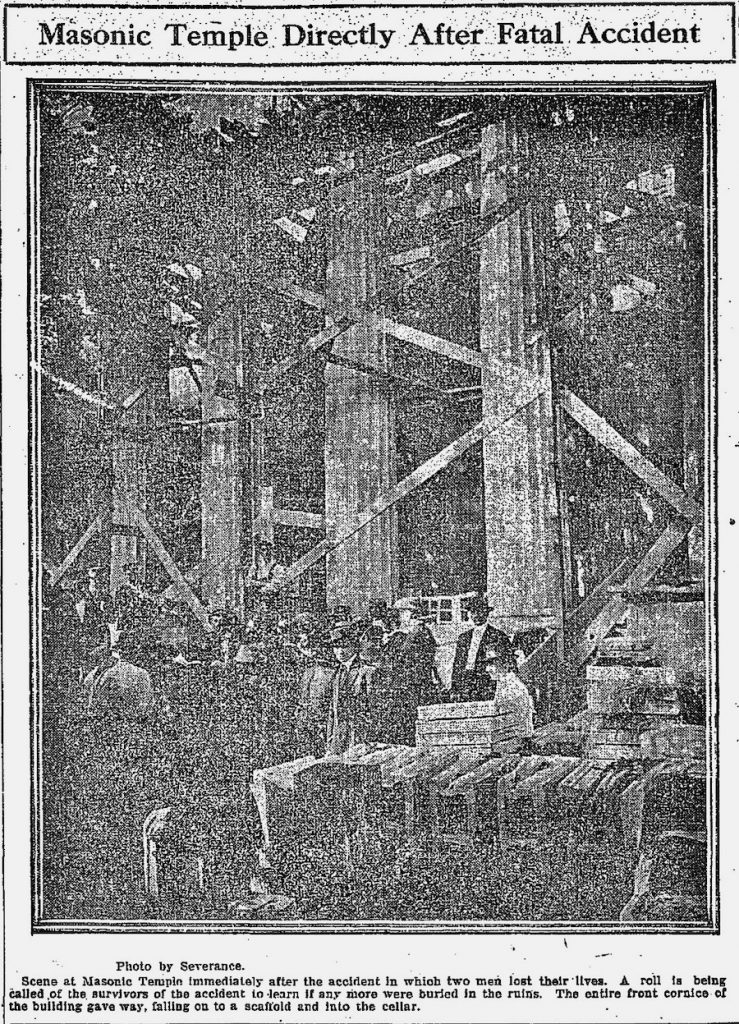
Tragedy Strikes During Construction
Caswell stated that, in 24 years he has been in business, he never had an employee carried away in an ambulance. But as the Times reported on October 7, the news was worse than that—
Investigations in the Masonic temple disaster, in which two men lost their lives and two others are seriously, possibly fatally, hurt, will begin today. A meeting of the Masonic temple building committee will be held at 4 behind closed doors for a preliminary conference. It is expected that contractor Fred A. Caswell, Coroner H. L. Smith, Charles E. Dewey, of the architect firm of Staege, Bennett & Dewey, and others closely connected with the accident will be present.
(Cawell) exhibited the most profound sorrow that the accident had happened. “God knows,” he said, “I would rather it had been myself than either of those boys that went down.”
The accident occurred when the cornice of the new building collapsed. The Daily Times would report of the victims the day prior—
The dead are Harry T. Burns, a brick layer, residing at 529 Frontenac Street, and Nicholas Pietro, an Italian, living at Walden Avenue. The wounded are William Williams, a brick layer, who came here recently from New York, and Logan Keanie, a brick layer living at 526 Mill Street. Both dead men had their skulls fractured.
The four men had been on a scaffold at the time of the collapse, throwing them to the ground and burying them under tons of debris, which included terra cotta, tile, and steel work. The falling debris would take down the stagings, steel girders, and other items it came in contact with.

The accident renewed calls for the city to have a building inspector and initiate building codes. Although the plans for new construction at the time were presented to a safety board, the emphasis was typically placed on fire safety, and no building experts, such as engineers or architects, would examine the plans for further analysis and approval.
Meanwhile, work was suspended on the building for three weeks while the inquisition was held, resuming at the end of October. By Christmas, the exterior was practically finished and work on the interior would continue through the winter with plans for the Masonic temple’s completion the following spring. The Times would remark that, upon completion, “The temple will stand in the front rank of the Masonic homes of quality in the country.”
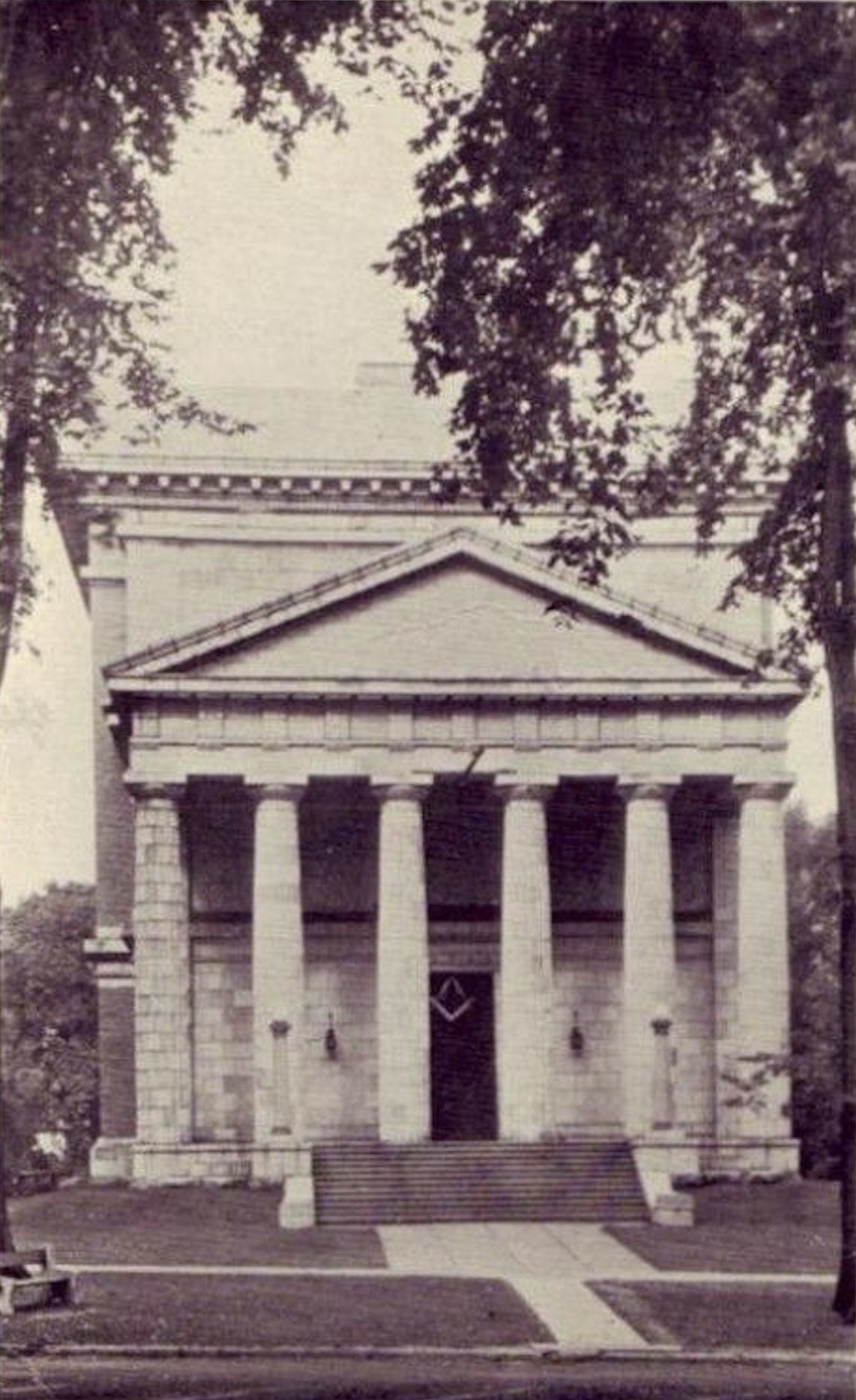
Delays once again slowed the progress of the Masonic temple, raising questions from the public in general. The Times wrote an article explaining the situation, noting that with the numerous other construction projects in the city, the Y.M.C.A. being one of them, the masons felt it part of their civic duty to support those efforts as well. In addition, members were requested to fund efforts for the new Masonic temple in New York City.
The Masonic temple would finally have its formal dedication on Saturday, November 3, 1917. Though 1,000 Master Masons were present, it was a rather anti-climactic affair as the temple had already been open for several months, though it was still incomplete at the time, with rooms being finished one by one.
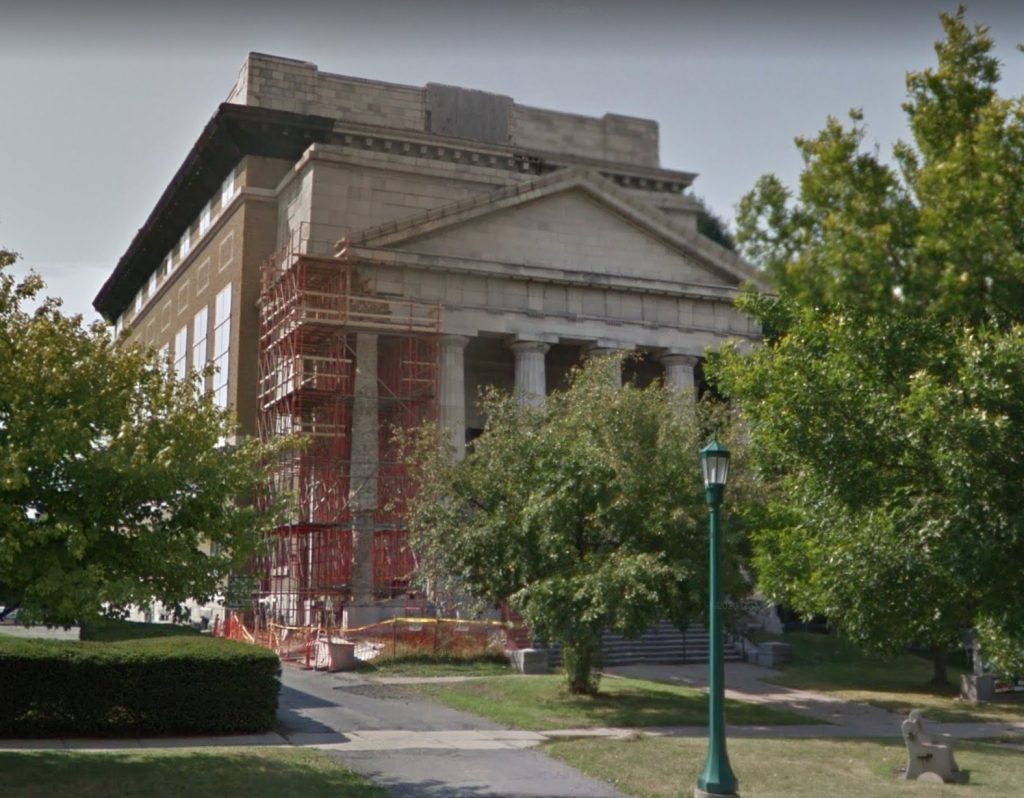
The Masonic temple would be added to the National Register of Historic Places in 1980. In recent years, with a crumbling exterior and desperate need for repairs, the building has seen a renaissance, having been awarded $10,000,000 in state funding for downtown development with several other projects. The building is currently undergoing renovations for some time now and has become a Performing Arts Center.
